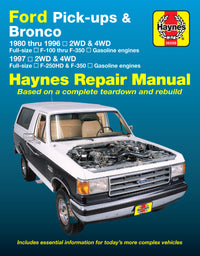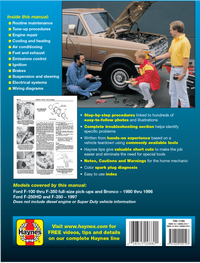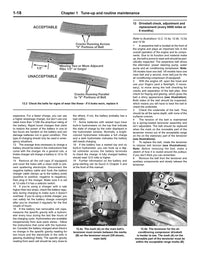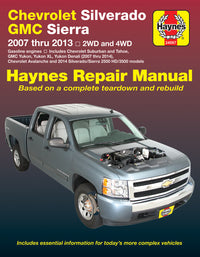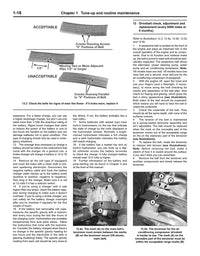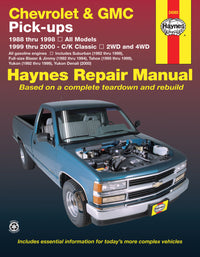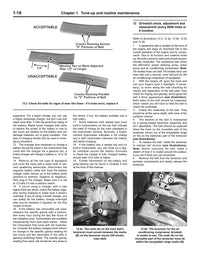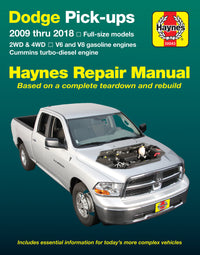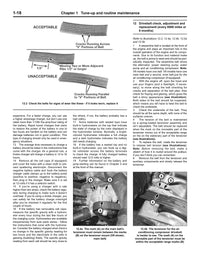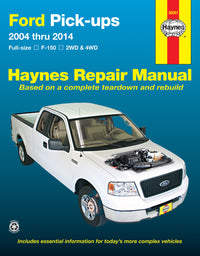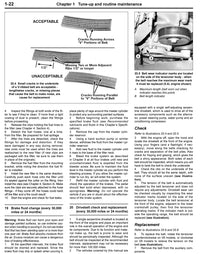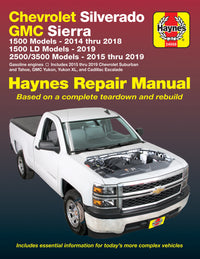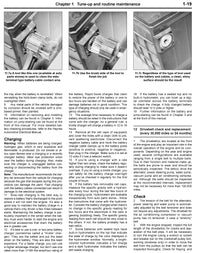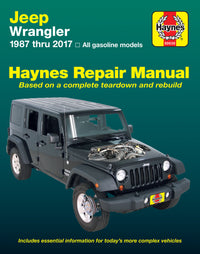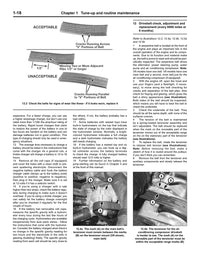Haynes is all about saving you money, and one of the best ways to do so is by carrying out a DIY oil change. Not only will it be cheaper than having a workshop do it, but you’ll also be protecting your engine’s insides. And the good news is that it is a whole lot easier than it sounds. Simply follow the steps we list in our step-by-step guide to changing car oil, and your motor will thank you from the bottom of its sump.
Proper planning prevents poor performance
First things first, the job actually begins days before you actually intend to change the oil, because you need to find out what parts you’ll need, and purchase them. So, use your vehicle’s Haynes manual to find out which grade of oil your vehicle’s engine requires, search out the type of oil filter, and if it requires any special tools to remove, and finally, check to see if you need to replace the sump plug washer during the procedure. After all, there’s no point in putting lovely golden oil into the top of the engine if it’s simply going to leak straight out of the bottom.
Tools
Haynes manual
Wheel chocks
Trolley jack
Jack stands
Rubber gloves
Breaker bar
Socket set
Oil filter wrench
Torque wrench
Oil drain pan
Funnel
Parts
Oil
Oil filter
Sump plug washer (if required)
Once you’re fully prepared, you need to get the vehicle ready. Cold oil is thick and gloopy and doesn’t flow very well (think how different your car feels when the engine is cold and when it’s warmed up), so, if you want the oil to flow cleanly out of your engine, run it for 10 minutes or so to warm up.
Chock the rear wheels
Shortly, you’ll need to raise the front of the car and set it on jackstands, so you need to place chocks at the rear wheels, to remove any possibility of the car rolling backwards when you jack it up. Once you’ve chocked the wheels, you can then set about raising the front of the vehicle and placing it on a pair of jackstands.

Remove engine undershield (where fitted)
If you’re carrying out the procedure on a comparatively modern vehicle, there’s a strong chance it will have a plastic undershield below the engine. These are usually held on by a combination of screws and clips, so make sure you unfasten everything end remove the shield.
Drain oil
Place your oil drain pan on the ground underneath the sump plug, then slowly begin to undo the plug using a socket and, if necessary, your breaker bar. When the plug gets towards the end of its thread, unscrew it by hand, but be ready to move your hand (and the plug) away quickly when it comes undone, or you’ll end up with a load of warm oil running up your sleeve. Then you just need to allow the oil to drain completely.
Once the trickle of oil has ceased, clean the sump plug and the drain plug opening on the engine, then if required, fit a new washer to the drain plug, and screw it back into place. Use a torque wrench to ensure you do up the plug to the correct tightness.

Remove and replace oil filter
Next, use the correct oil filter wrench to undo the oil filter. Once this has come unscrewed completely, give the oil filter housing on the engine a good clean, then apply a coat of fresh oil to the sealing ring on the replacement oil filter. Screw the oil filter into place, but do it up so it’s hand-tight only (if you overtighten it you risk damaging the sealing ring, which will cause a leak). Then it’s time to get all of your tools out from underneath the car and lower it to the ground.

Fill up oil
Place a funnel into the engine oil filler opening, and gradually fill the motor with fresh oil. Do this a little at a time, frequently allowing the oil to settle in the engine before checking the dipstick to avoid overfilling.
Once the oil has reached the MAX level on the dipstick, run the engine for a minute, then switch off. Give the oil time to settle, then check the level once more. It will likely have gone down slightly as the oil filter fills with oil. Top up the oil as required.

Final checks
Check for leaks around the oil filter and the drain plug. If there are no leaks, then refit the engine undershield if required, and dispose of the old oil and filter at an official recycling service.








